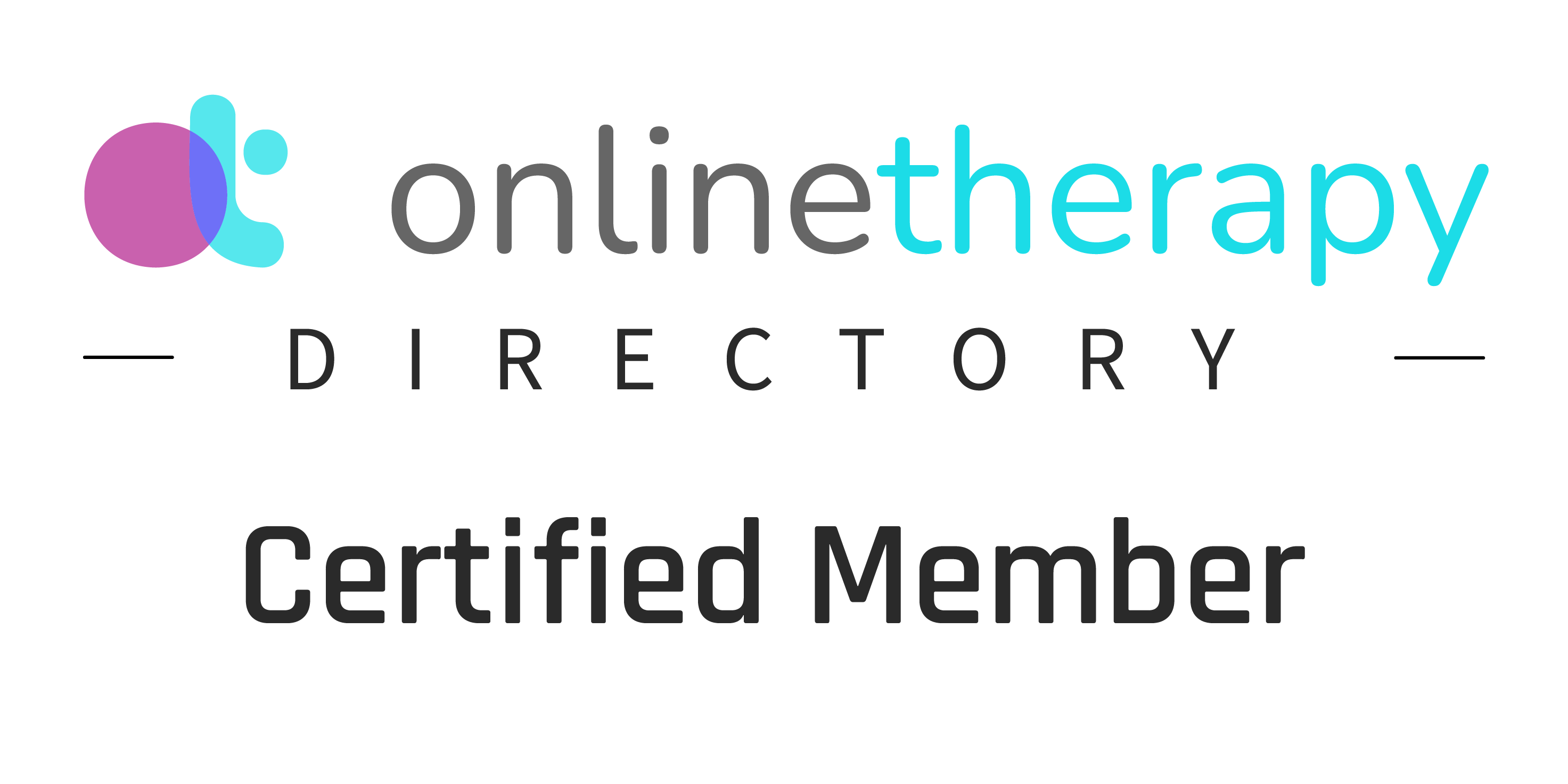From Survival to Healing: Decoding the Language of Trauma Coping Strategies
In the latest blog post on Pathways to Wellness, Francesca Wehr, LCSW, offers an insightful exploration into the complex realm of trauma and the diverse coping mechanisms that emerge as a result. Wehr takes us on a deep dive into the psyche of trauma survivors, revealing the layers of survival strategies that develop from infancy through adulthood in response to a world that can often feel threatening and devoid of support.
The Foundations of Coping in Infancy
The journey begins at the most vulnerable stage of human development: infancy. Wehr explains that even in these early days, when external protection is minimal, infants possess an innate ability to dissociate or enter a limp, parasympathetic state to escape overwhelming sensations. This primal form of coping lays the groundwork for future survival strategies, highlighting the body's inherent wisdom in protecting itself from emotional and physical distress.
Expanding Arsenal in Childhood
As children grow, their coping mechanisms become more varied. Toddlers and preschoolers learn to self-soothe through food or masturbation, seeking comfort in sensory pleasures. They might also engage in hyperactive or risky behaviors, not for the sake of rebellion, but as a means to stimulate adrenaline production, which offers a fleeting sense of relief and control over their internal turmoil.
The Turbulent Teen Years
Adolescence introduces a new level of complexity to coping strategies. The physical changes of puberty equip teenagers with more strength and autonomy, allowing for a broader range of behaviors aimed at self-regulation. Wehr discusses how teenagers might resort to running away, substance abuse, or engaging in dangerous eating behaviors as a way to exert control over their chaotic internal worlds. These actions, though risky, are underscored by a desperate need for relief and stability.
The Descent into Self-Destructive Behaviors
As these patterns extend into adulthood, the initial survival tactics can evolve into more harmful behaviors. What once served as a necessary means of emotional regulation becomes a self-destructive cycle. Wehr delves into the neurochemical reactions behind self-injury, substance abuse, and disordered eating, explaining how they provide temporary neurochemical relief that can quickly become addictive.
The allure of these behaviors lies in their ability to produce immediate, albeit temporary, changes in the body's neurochemistry. Cutting or self-harm, for example, triggers a rush of adrenaline and endorphins, offering a momentary escape from pain. Similarly, restricting food intake or binge-eating can alter the body's state, providing a numbing effect that shields the individual from their internal distress.
The Double-Edged Sword of Survival Strategies
While these coping mechanisms serve as vital survival strategies in the face of trauma, they also carry significant risks. The initial sense of relief they offer can lead to a vicious cycle of dependence and tolerance, necessitating increasingly harmful behaviors to achieve the same effect. This paradox underscores the complexity of trauma recovery, where the very strategies that ensure survival can become detrimental to long-term healing.
Moving Towards Healing
Recognizing the adaptive nature of these coping mechanisms is a critical step in the healing process. By reframing these behaviors as ingenious responses to an overwhelmed nervous system, we can shift from self-judgment to self-compassion. This understanding paves the way for developing healthier, more sustainable coping strategies that honor the individual's resilience and capacity for self-regulation.
In my practice, I emphasize the importance of exploring the origins of these coping mechanisms and gently guiding individuals toward alternatives that do not compromise their sense of safety and autonomy. This journey is not without its challenges, but it is marked by moments of profound insight and transformation.
The path from trauma to healing is complex and multifaceted, reflecting the intricate ways in which individuals navigate their experiences. By delving into the coping mechanisms that emerge in response to trauma, we can foster a deeper understanding and compassion for the journey of healing. It's a journey that not only acknowledges the past but also looks forward to a future of resilience, strength, and hope.
Journaling Reflection: Navigating Your Coping Strategies
As we delve into the complexities of trauma and the myriad coping mechanisms we might employ, it becomes essential to reflect on our personal experiences and strategies. This journaling section is designed to provide you with a space to explore and acknowledge your methods for regulating your traumatized nervous system, without judgment or self-criticism. The goal is to gain insight into your behaviors and begin considering the first steps toward healthier coping strategies.
Regulating Hyperarousal
Hyperarousal can manifest as an intense and overwhelming activation of your nervous system, often leading to heightened emotional responses, anxiety, or panic. Reflect on the following:
How do you try to regulate your hyperarousal?
Without judging yourself, list all the things you do to bring your activation down or to stop emotions from becoming overwhelming.
Consider behaviors, activities, or thoughts that you turn to in an attempt to calm your nervous system. This might include specific coping mechanisms, rituals, or avoidance strategies.
Navigating a Narrow Window of Tolerance
A narrow window of tolerance can make even slight emotional fluctuations feel unbearable, leading to quick escalations from calm to overwhelmed.
How do you manage when even a little bit of emotion feels intolerable?
Reflect on the strategies you employ to maintain a sense of control or stability during these times.
Regulating Hypoarousal
Hypoarousal is characterized by a state of numbness, detachment, or disconnection, which can be a protective response to trauma but also a barrier to engaging fully with life.
How do you try to regulate your hypoarousal?
Does it feel like hypoarousal regulates you, or do you have strategies to regulate it?
Without judging yourself, list all the ways you try to bring your activation up or keep yourself numb and detached. This might include seeking stimulation, engaging in risky behaviors, or retreating into yourself.
This journaling exercise is a step toward self-awareness and understanding. By recognizing the ways you've been managing your trauma responses, you can begin to consider alternative strategies that support your well-being and healing. Remember, this reflection is not about judgment but about curiosity and compassion for your journey.



